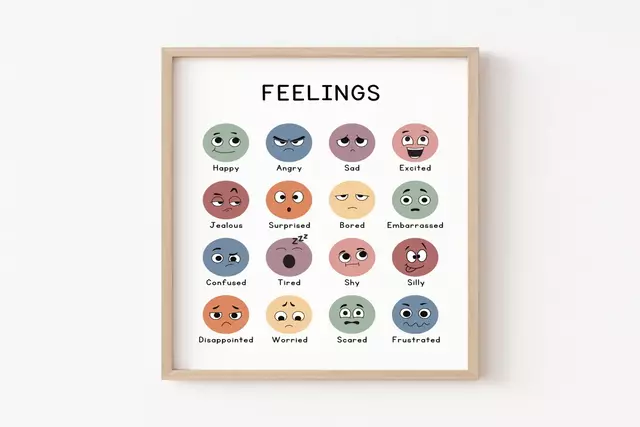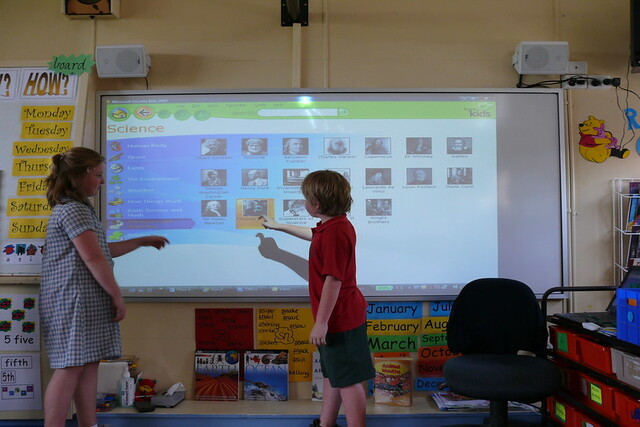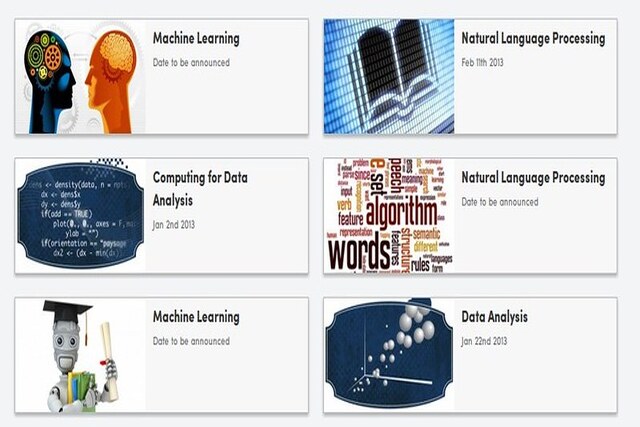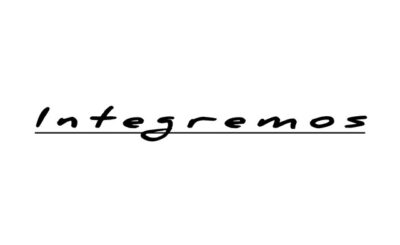Semantic Feature Analysis (SFA) is a powerful tool used by educators and therapists to enhance vocabulary development and comprehension in children and adults alike. By breaking down the features of words and exploring their meanings, SFA helps learners make connections between words, improving both language skills and critical thinking. In this article, we will delve into the concept of SFA, provide practical examples, and explore the technology that supports its implementation in educational and therapeutic settings.
Table of Contents:
Understanding the Semantic Feature Analysis
Semantic Feature Analysis: What is It?
Using a technique called Semantic Feature Analysis, people can examine the characteristics and properties of words to determine their meaning. The approach encourages learners to compare and contrast words based on specific criteria, such as size, color, shape, function, and category. This method is especially beneficial for students with language delays, learning disabilities, or those pursuing English as an additional language studying.
The Importance of SFA
The significance of Semantic Feature Analysis lies in its ability to promote deeper understanding of vocabulary. By categorizing words and exploring their relationships, students can enhance their semantic knowledge, which is critical for reading comprehension and expressive language skills. This technique is particularly useful in identifying word similarities and differences, fostering critical thinking, and supporting vocabulary retention.
Tools for Semantic Feature Analysis

Semantic Feature Analysis Grid
One of the most effective tools in SFA is the Semantic Feature Analysis grid. This grid serves as a visual aid that helps learners organize information about a set of words. The grid typically includes columns for different features and rows for each word, allowing students to check off which features apply to each word.
For example, consider a Semantic Feature Analysis grid focused on animals. The features might include attributes such as habitat, size, diet, and movement. As students fill in the grid, they can see which animals share common features and which do not, leading to a richer understanding of each word.
Creating a Semantic Feature Analysis Word List
To effectively use SFA, educators and therapists should create a Semantic Feature Analysis word list tailored to their students’ needs. This list should consist of vocabulary that is relevant to the curriculum or therapeutic goals.
For instance, if the focus is on food, the word list could include items such as “apple,” “carrot,” “chicken,” and “bread.” Each word would then be analyzed using the SFA grid to explore characteristics such as taste, texture, nutritional value, and preparation methods.
Semantic Feature Analysis for Kids

When implementing SFA with younger learners, it’s important to simplify the process and make it engaging. Semantic Feature Analysis for kids can involve interactive activities that encourage participation. Here are some effective strategies:
- Visual Aids: Use pictures or real objects to represent words, making the features more tangible.
- Games: Turn the analysis into a fun game, such as matching words with their features or creating a word scavenger hunt.
- Group Discussions: Facilitate group discussions where students can share their thoughts on the features of each word, promoting social interaction and collaborative learning.
Integrating Technology in Semantic Feature Analysis
Digital Tools for SFA

In the digital age, there are numerous tools available that can enhance the practice of Semantic Feature Analysis. These tools not only make the process more engaging but also provide interactive platforms for learners.
- Interactive Whiteboards: Educators can use interactive whiteboards to create dynamic SFA grids that allow for real-time collaboration and input from students.
- Apps and Software: Various educational apps are designed specifically for vocabulary development. These tools often include features for SFA, providing interactive grids, games, and quizzes to reinforce learning.
- Online Resources: Websites and online platforms offer downloadable SFA grids, word lists, and activity ideas, making it easy for educators to implement this technique in their classrooms.
Benefits of Technology in SFA
The integration of technology into Semantic Feature Analysis brings several advantages:
- Engagement: Interactive tools capture students’ attention and encourage participation.
- Accessibility: Digital resources can be easily accessed and adapted to meet diverse learner needs.
- Assessment: Technology allows for real-time assessment of students’ understanding, enabling educators to tailor their instruction accordingly.
Semantic Feature Analysis examples
In the Classroom
Incorporating SFA into classroom instruction can significantly enhance vocabulary development. Here’s how educators can effectively implement this technique:
- Targeted Lessons: Identify vocabulary that aligns with current subjects or themes and create SFA grids for those words.
- Collaborative Learning: Pair students to work on SFA grids together, fostering peer-to-peer learning and discussion.
- Regular Review: Use SFA grids as part of regular vocabulary reviews, helping students reinforce their understanding over time.
In Therapy Settings
For therapists working with individuals with speech or language impairments, SFA provides a structured approach to vocabulary intervention. Here are some practical applications:
- Personalized Sessions: Tailor SFA activities to the specific language goals of each client, ensuring that the vocabulary is relevant and meaningful.
- Progress Monitoring: Use SFA grids to track progress over time, identifying areas of improvement and adjusting goals as necessary.
- Family Involvement: Encourage families to engage with SFA at home by providing them with word lists and grid templates to reinforce learning in a supportive environment.
The Role of Video Games in SFA
Video games have emerged as an innovative tool in education and therapy, offering interactive and engaging ways to support learning. In the context of Semantic Feature Analysis (SFA), video games can enhance vocabulary development, critical thinking, and social interaction among learners. This section explores the various roles that video games play in implementing SFA, along with their benefits and practical applications.
Engaging Learning Environments
Interactive Gameplay
Video games create immersive environments that captivate players’ attention. By incorporating SFA into gameplay, educators and therapists can leverage this engagement to facilitate vocabulary learning. For instance, games that involve exploring different worlds or solving puzzles often require players to use specific vocabulary related to their tasks.
Multi-Sensory Learning
Video games appeal to multiple senses—sight, sound, and touch. This multi-sensory approach can enhance understanding and retention of vocabulary. When learners interact with words in a dynamic environment, they can better grasp their meanings through contextual clues, reinforcing the concepts behind SFA.
The Role of Dramas for Children in Semantic Feature Analysis
Engaging Vocabulary Exploration
Dramas offer an engaging platform for children to explore vocabulary through Semantic Feature Analysis (SFA). By participating in role-playing activities, children immerse themselves in scenarios that require the use of specific vocabulary, helping them understand and internalize meanings in context. For example, acting out stories encourages the use of descriptive language, enhancing vocabulary while promoting critical thinking about word relationships.
Collaboration and Social Skills Development
Moreover, dramas foster collaboration and social skills essential for language development. Working in groups to create and perform skits enables children to communicate, negotiate roles, and collectively express their understanding of vocabulary. This interactive environment builds teamwork and boosts confidence. As children rehearse and receive feedback, they refine their language use, making vocabulary learning both enjoyable and memorable through these collaborative performances.
Conclusion
Semantic Feature Analysis is a valuable technique that empowers educators and therapists to enhance vocabulary development and comprehension. Through the use of Semantic Feature Analysis grids, tailored words list, and engaging strategies for kids, this approach promotes deeper understanding of language. As technology continues to evolve, the integration of digital tools into SFA practices further enriches the learning experience, making vocabulary acquisition both enjoyable and effective.
By harnessing the potential of SFA, educators and therapists can equip their students with the language skills necessary for success in school and beyond. Whether in a classroom or therapeutic setting, SFA stands out as a critical resource for fostering language growth and supporting diverse learning needs.






